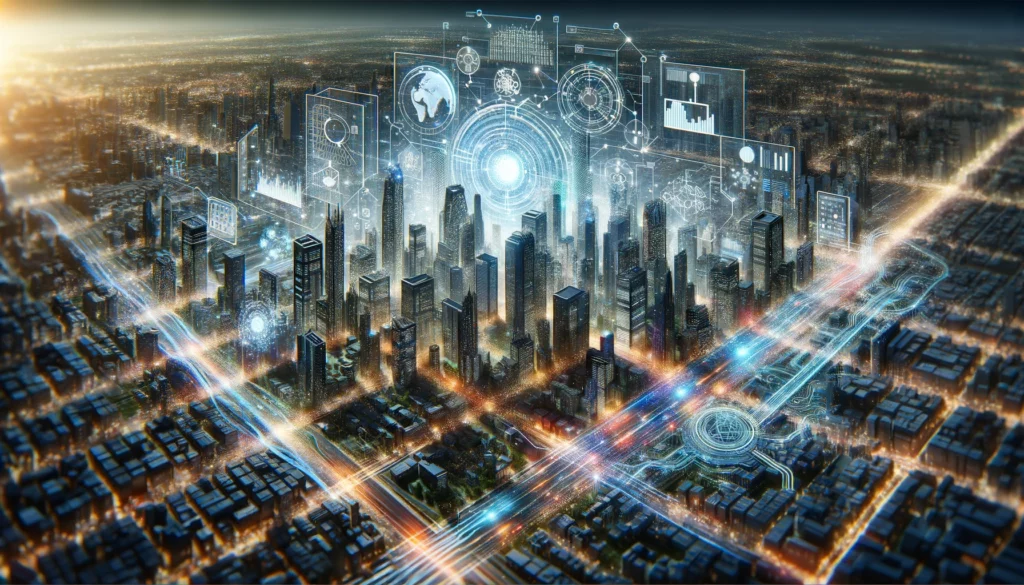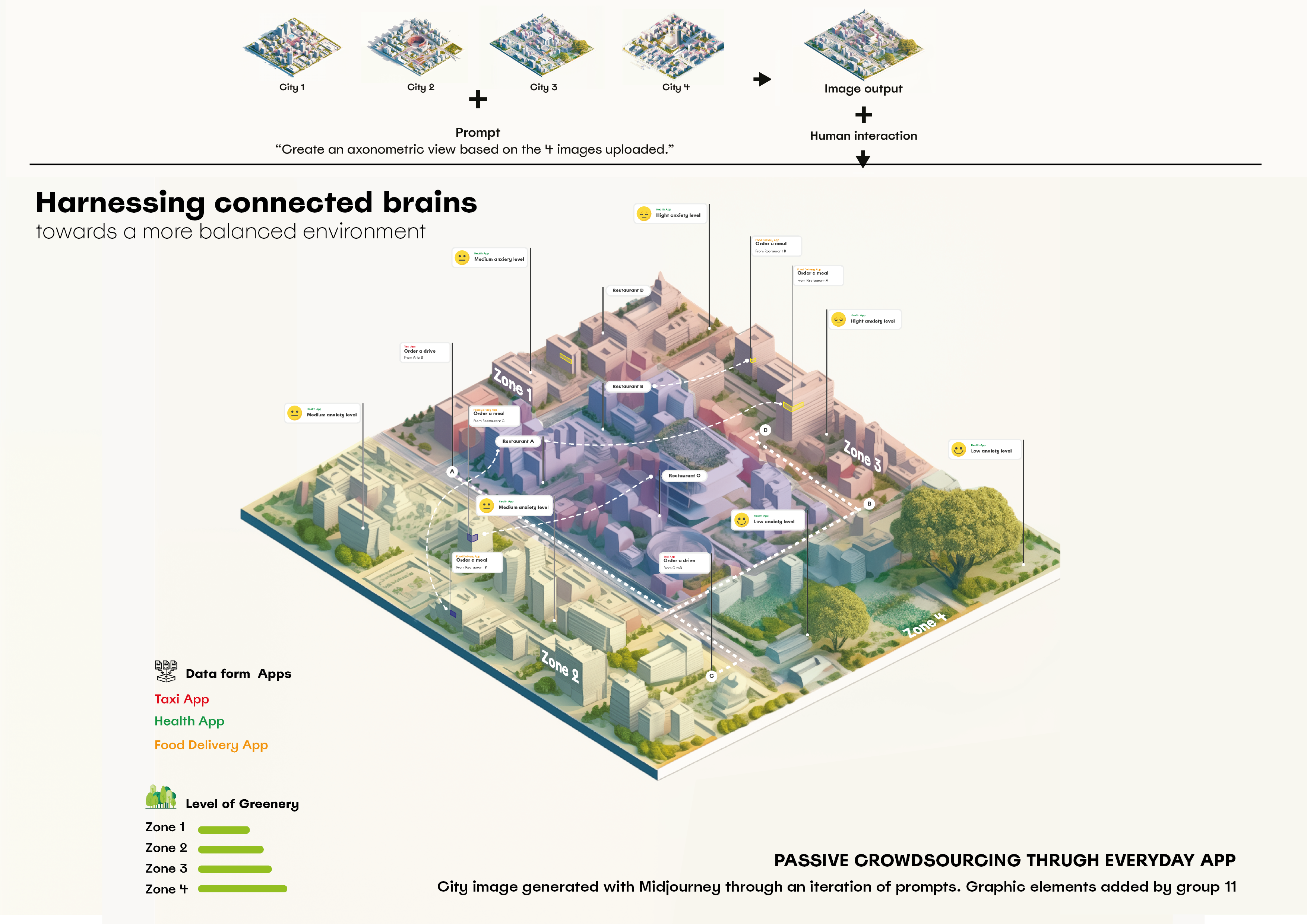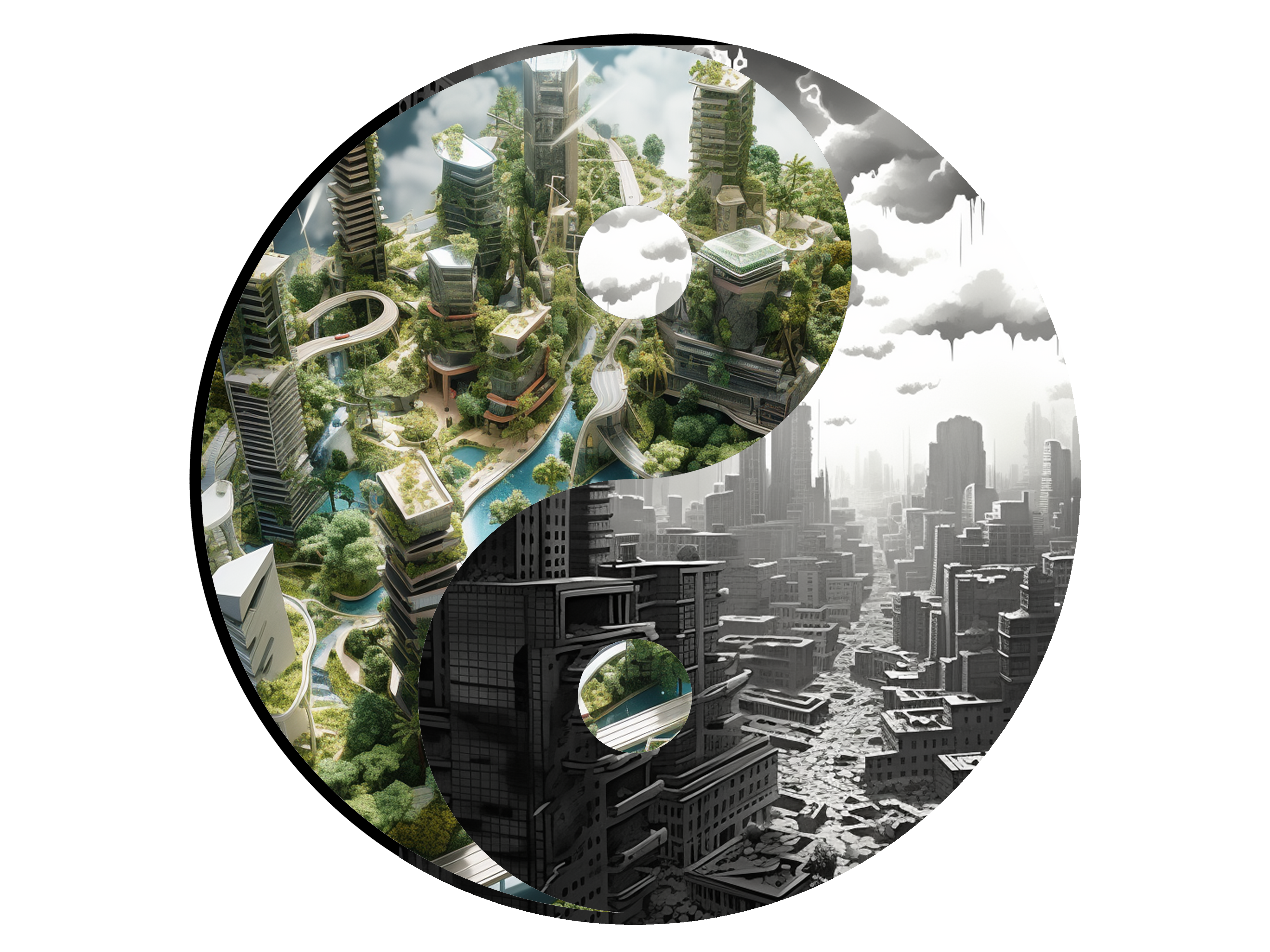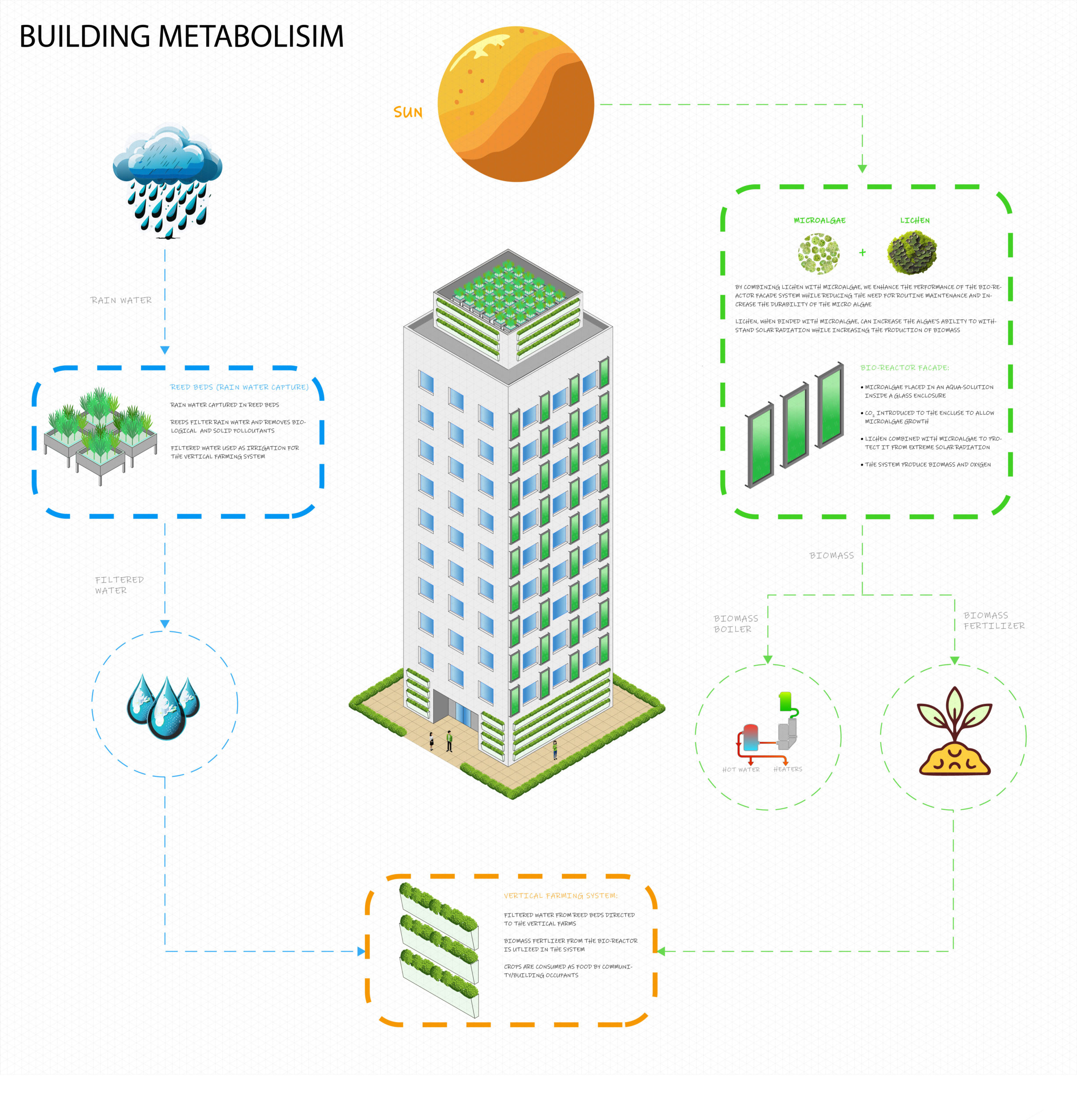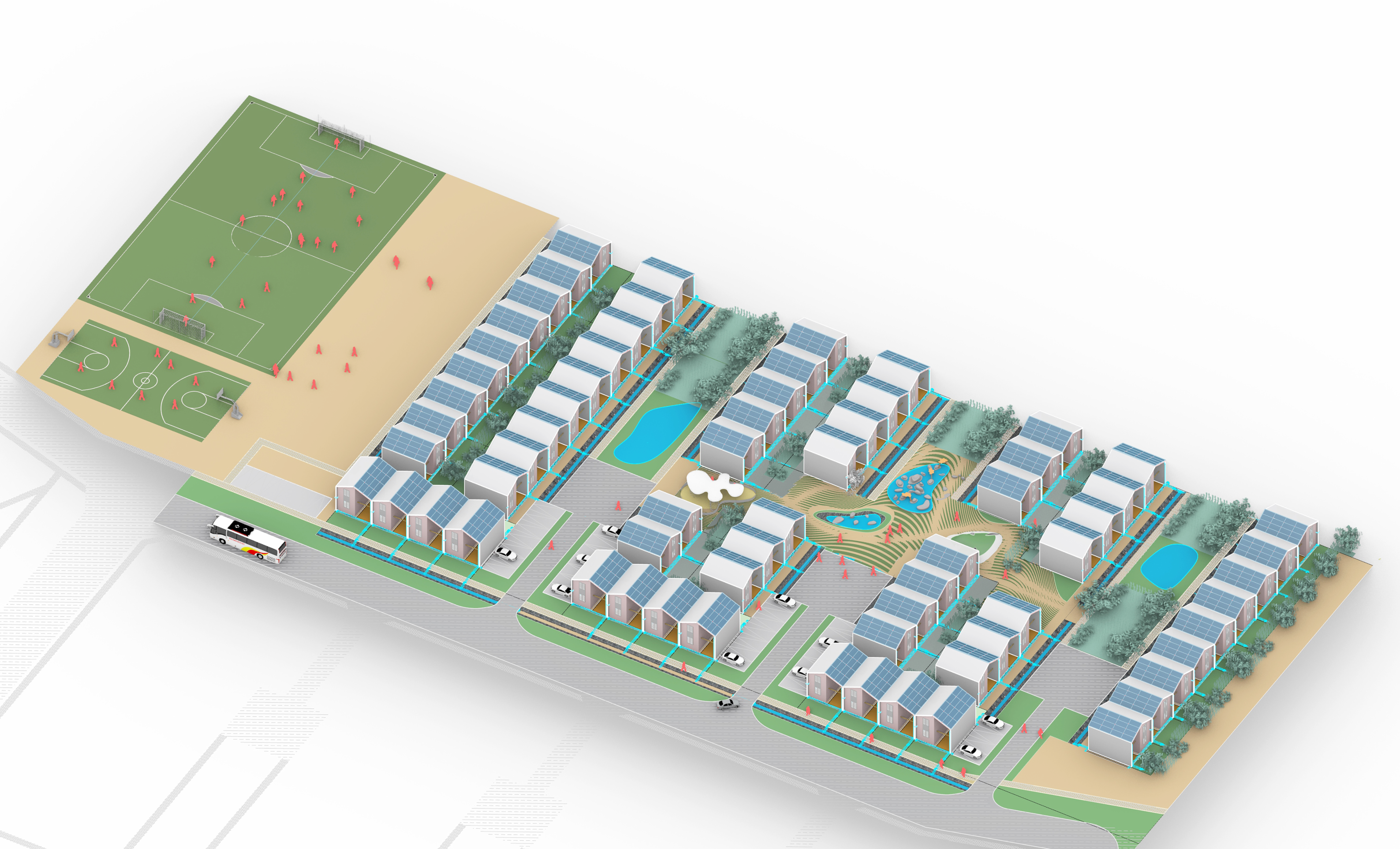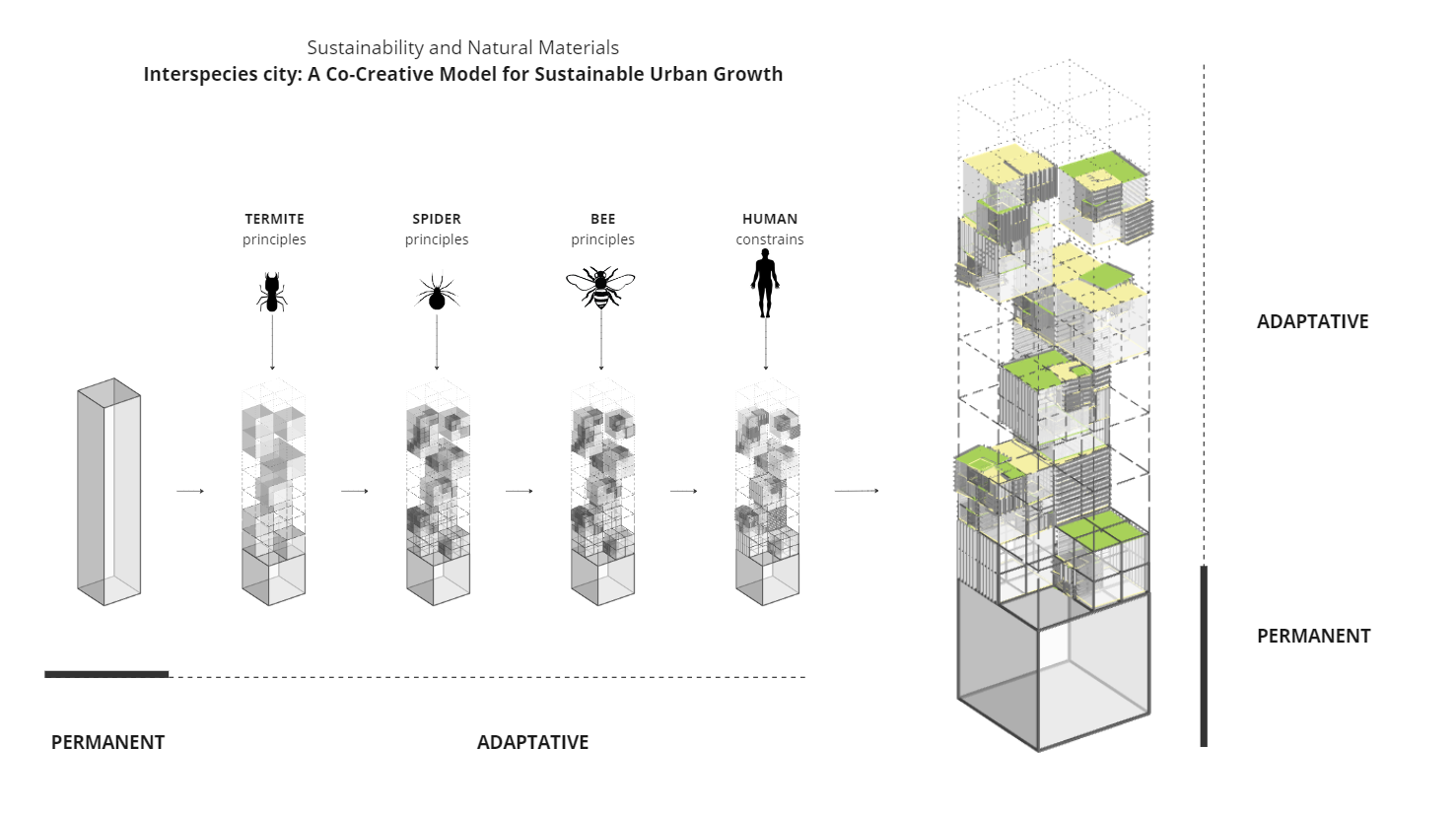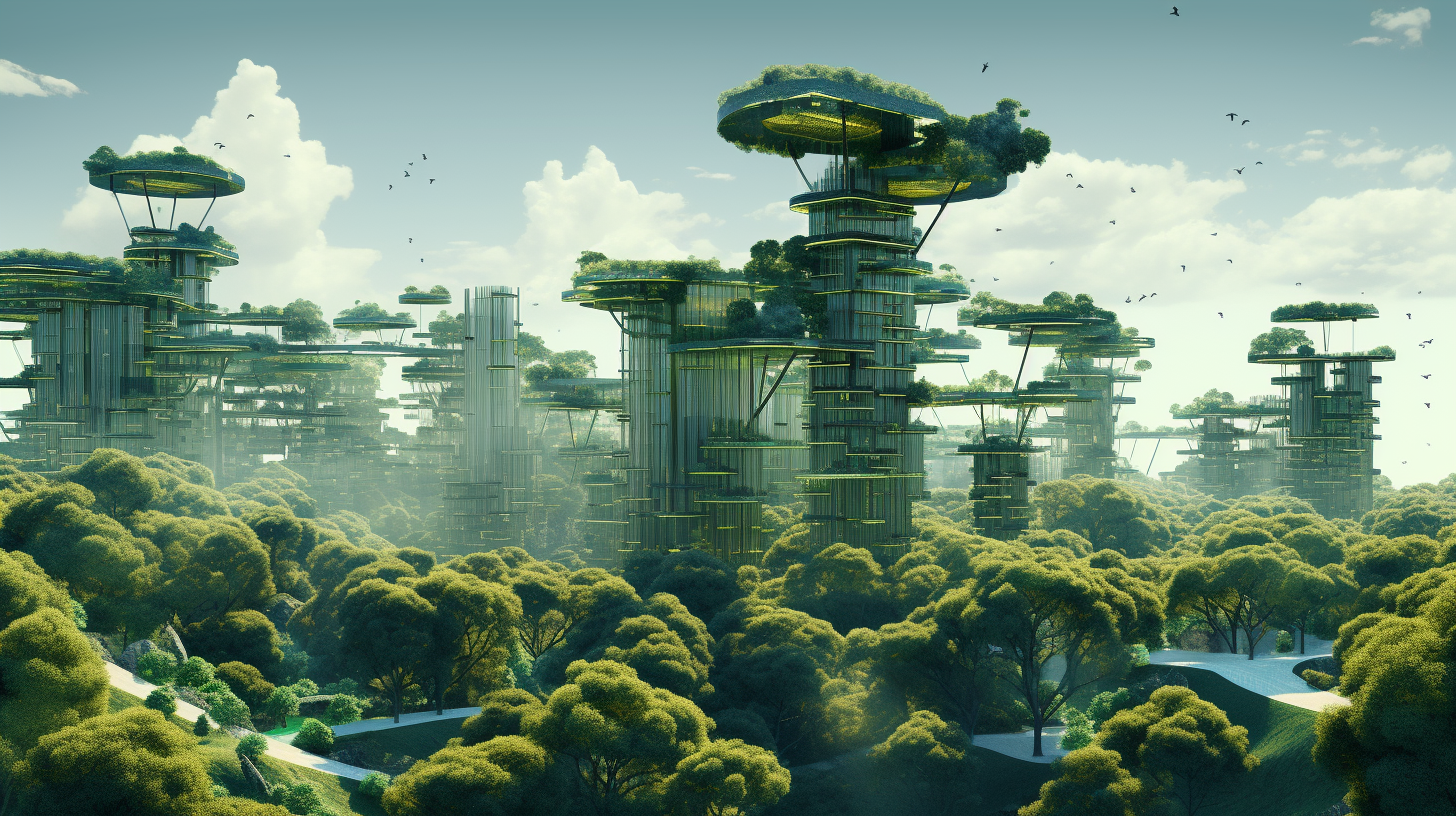BIM as a part of smart data management in urban scale
“Building Information Modeling (BIM) in urban scale data management refers to the strategic integration of digital modeling techniques, for the thorough organization and oversight of urban infrastructure and services. This process entails crafting 3D models that encompass sets of data layers—including architectural, infrastructural, and environmental aspects—to streamline city planning, design, and operation.” The use of … Read more

